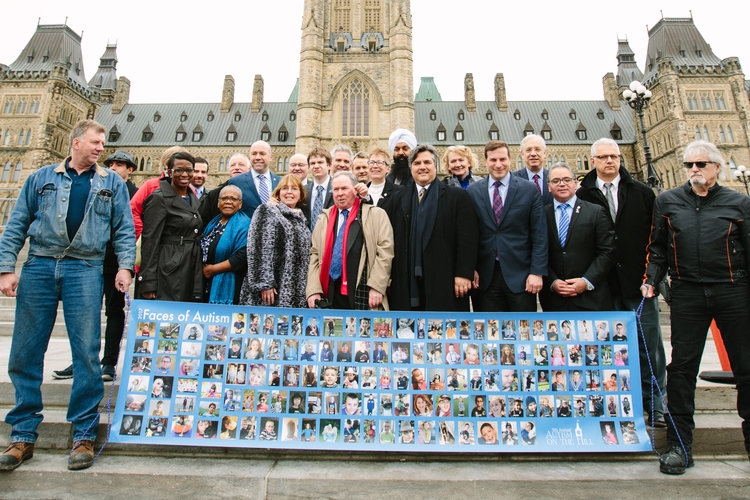
It’s Time to Include Dental Health in the Healthcare System
Canada’s most vulnerable populations have the highest rates of dental pain, decay, disease and the worst access to care.
There are many reasons why some Canadians choose not to go to the dentist, but a new report released recently from the Canadian Academy of Health Sciences (CAHS) found that cost is a major factor – and that Canada’s most vulnerable populations have the highest rates of dental decay, pain and disease, but the worst access to this much needed healthcare service.
The price tag for hospital care and most physician services is covered through our publicly funded healthcare system, but dental care is largely paid for privately in Canada. The CAHS report reveals that a whopping 95 per cent of dental care is paid out-of-pocket or through private dental insurance and is delivered in private dental offices. The remaining five per cent is covered through a hodgepodge of public health programs offered federally and provincially, targeting the needs of specific populations, with many falling through the cracks.
So what happens when you don’t have dental insurance?
The report found that almost half of all Canadians without dental insurance — commonly, new Canadians, the elderly, people working in insecure jobs and for low wages, and their children — avoid visiting a dentist due to costs. In fact, those in the poorest income group were almost four times more likely to avoid the dentist due to costs than the richest group of Canadians.
Vulnerable Canadians with difficulty accessing dental care are also those with the most dental pain, the greatest difficulty eating a healthy diet and the ones with the highest levels of gum disease, which in turn can increase their risk for general health problems, such as diabetes and cardiovascular disease.
In other words, those who need dental care the most are the least likely to be able to get it, and the ones who suffer the most because of it. It may also be costing all of us through increased visits to already crowded emergency rooms and physician offices and valuable time lost from work, school and other activities.
There are other reasons that people skip seeing their dentist, such as lack of transportation, fear of dental treatment and the dental office, and misunderstandings between dental professionals and certain groups in the population. These complex issues have complex solutions.
But they cannot be addressed without first addressing equity in access to dental care. The CAHS report finds that inequalities in oral disease and access to dental care in Canada are greater than inequalities in general health problems and medical care.
What might surprise many is that Canada actually provides less publicly funded dental care than the United States — and internationally, Canada is among the lowest funders of dental healthcare programs.
Inequality in access to dental care is but one manifestation of the increasing inequalities in Canadian society and it needs to be addressed. With societal changes such as the increasing proportion of the population who is elderly and the decreasing proportion of the population with dental insurance, difficulty accessing dental care is only going to increase unless we start acting now.
All people living in Canada should have reasonable access to dental care. We need to bring dentistry into the general healthcare system by having some dental clinics in hospitals and community health centres. We need to explore the use of a variety of dental and other health professionals delivering care in a variety of settings. And we need to explore the financing of dental care for vulnerable groups — including anomalies in tax legislation that help those with dental insurance but not those without.
We need concerted professional, government and community action now to begin to address these issues so that many Canadians will get the dental healthcare they so desperately need.
 Paul Allison is an advisor with EvidenceNetwork.ca, Dean in the Faculty of Dentistry at McGill University, and Chair of the CAHS panel on “Improving access to oral healthcare for vulnerable people living in Canada.”
Paul Allison is an advisor with EvidenceNetwork.ca, Dean in the Faculty of Dentistry at McGill University, and Chair of the CAHS panel on “Improving access to oral healthcare for vulnerable people living in Canada.”












